2020 Census Will Continue To Count Prisoners Where They Are Incarcerated
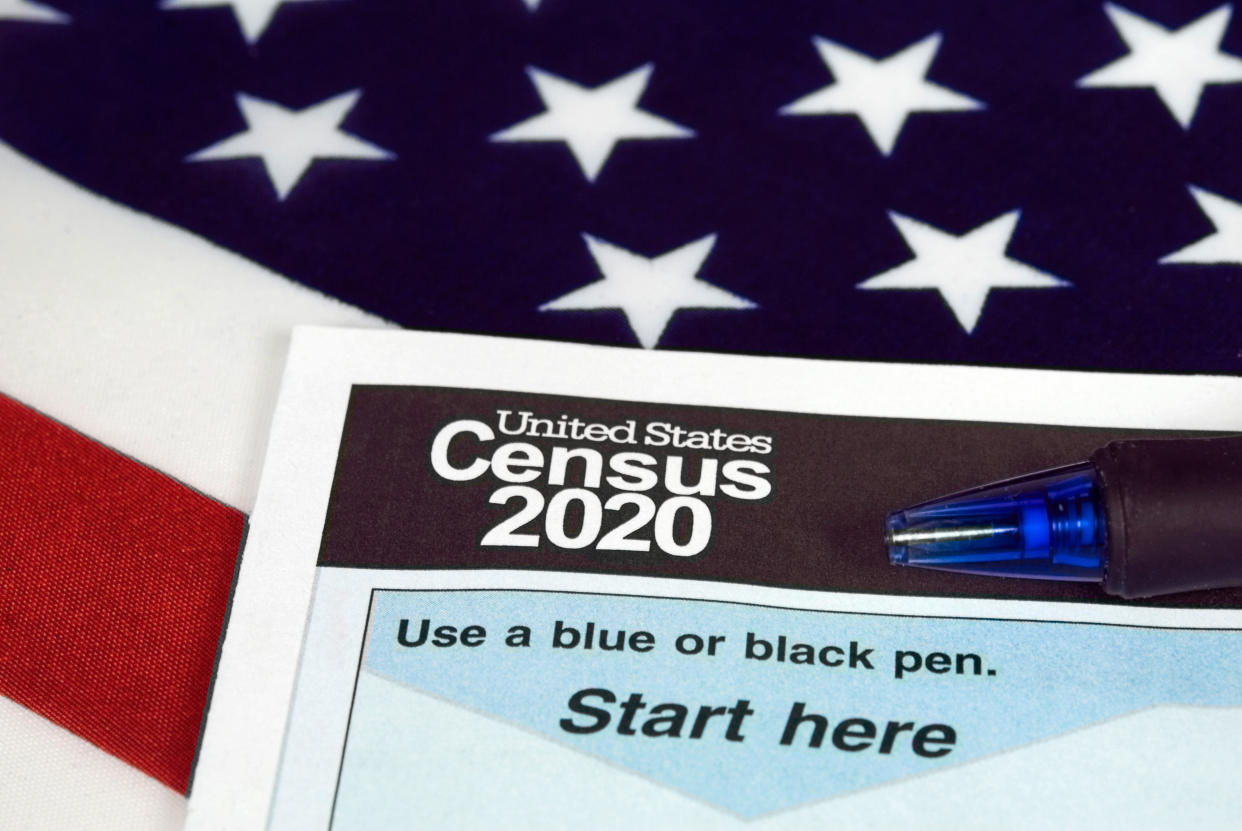
The 2020 census will continue to count incarcerated people as residents of the place they are imprisoned instead of their homes, a decision critics say can target prisoners and give unfair political power to the rural areas where prisons are located.
State officials use the population from the census when they redraw legislative districts, something required by the U.S. Constitution every 10 years. Each district must have roughly the same amount of people in it, and counting prisoners as part of an area’s population can inflate its population and the political influence of the people who vote there. Just two states in the country ― Maine and Vermont ― allow people convicted of felonies to vote while they are incarcerated.
The census has always counted prisoners as residents of the locations where they are incarcerated, rather than residents of their pre-incarceration addresses. But that practice has become more and more problematic as the prison population soars, said Aleks Kajstura, the legal director at the Prison Policy Initiative, which lobbied the Census Bureau to change the way it counts incarcerated people.
“You have huge prisons built very far away from where most incarcerated people live. You have a whole state’s incarcerated population, people from all over the state, get sentenced and put in a handful of facilities,” Kajstura told HuffPost. “It really shifts the balance of power when you count them in the wrong place, because all of a sudden you have 2,000 extra people just in one little neighborhood.”
The census considers someone a resident of a place if they are a “usual resident,” meaning they live and sleep there most of the time. In several cases where someone might be away from home during the census ― at boarding school, on a business trip ― census officials will still count them at home.
The Census Bureau reconsiders its “usual resident” requirements every 10 years. When it invited public comment on potential changes in 2015 and 2016, advocates were hopeful the bureau might modify its policies. Over a 60-day period in 2016, the bureau got 77,887 public comments relating to residency requirements for prisoners. Only four favored continuing to count them at the facilities where they’re incarcerated.
But on Wednesday, the Census Bureau said that for 2020, it would continue to count incarcerated people at the facility where they’re imprisoned, because it considered that to be the place where they lived and spent most of the time.
“‘Usual residence’” is defined as the place where a person lives and sleeps most of the time, which is not always the same as their legal residence, voting residence, or where they prefer to be counted,” Ron Jarmin, the acting director of the Census Bureau, wrote in a notice filed in the Federal Register on Wednesday. “Therefore, counting prisoners anywhere other than the facility would be less consistent with the concept of usual residence, since the majority of people in prisons live and sleep most of the time at the prison.”
In a 2016 memo, the Prison Policy Initiative explained why the Census Bureau should not consider prisoners “usual residents” of the sites of their incarceration. The group noted that the average jail sentence was nine months, and that those serving longer sentences in state prisons often moved around among different facilities. The memo also noted that other groups, like boarding school students, who kept familial ties at an address despite not being physically present there on census day, were counted at that address.
“The Census Bureau isn’t fully grappling with the realities of mass incarceration. That when you’re incarcerated, you’re not a member of the community that hosts the prison. You can’t go outside. Outside the prison walls, you have no interaction with that community,” Kajstura said. “Your family, your friends, your coworkers are all in your home community.”
In what may be a nod to the issue the census policy carries for redistricting, the bureau also announced this week it would provide data more quickly on where people live so that states could choose to use it in the redistricting process. Some states require that prisoners be counted at their home addresses for redistricting purposes.
But regardless of when it makes the data available, Kajstura said the Census Bureau’s decision reflected a deeper bias towards prisoners.
“The Census Bureau isn’t treating them with the kind of care and deference that they treat boarding school students who are predominantly white and wealthy,” she said. “It’s a group of people that’s easy to marginalize. You pack them all in the wrong place and two decades go by, and you have a lot of people who are now starting to care about it, but for decades it wasn’t something that was even noticed. It’s kind of a sad statement on how marginalized the population is.”
Related Coverage
Experts Are Really, Really Worried About The State Of The 2020 Census
Also on HuffPost
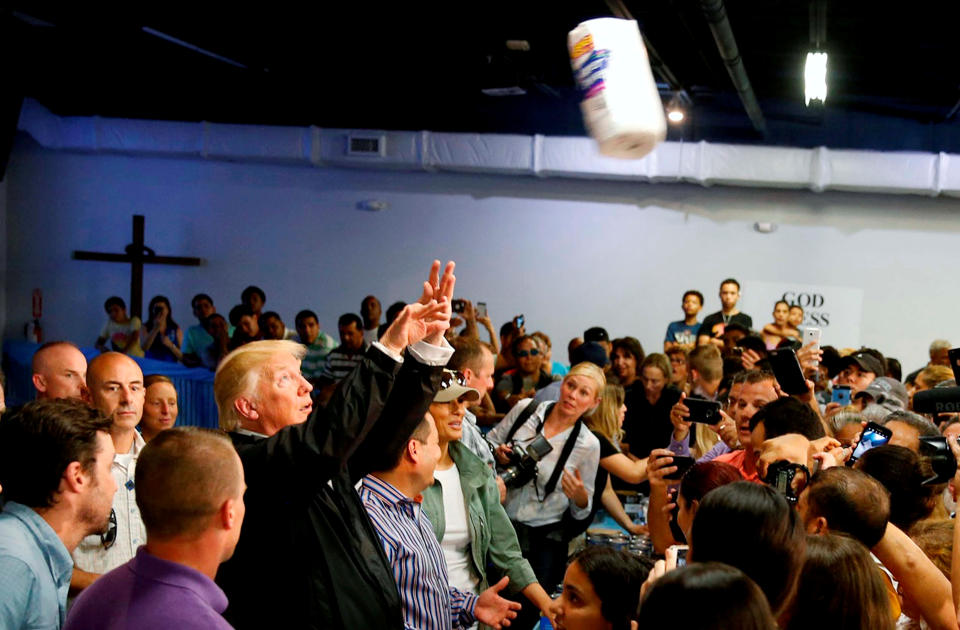
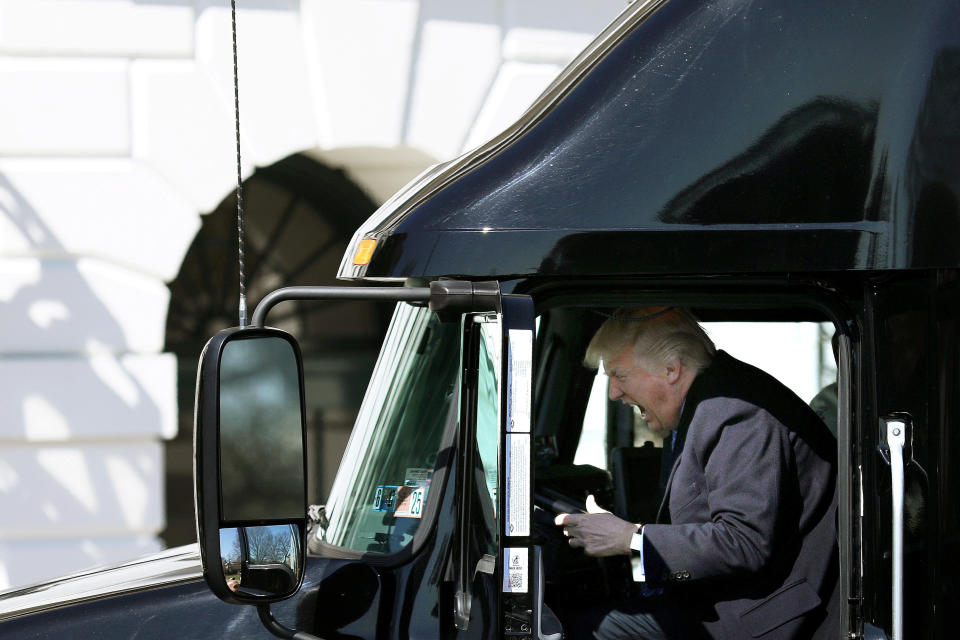
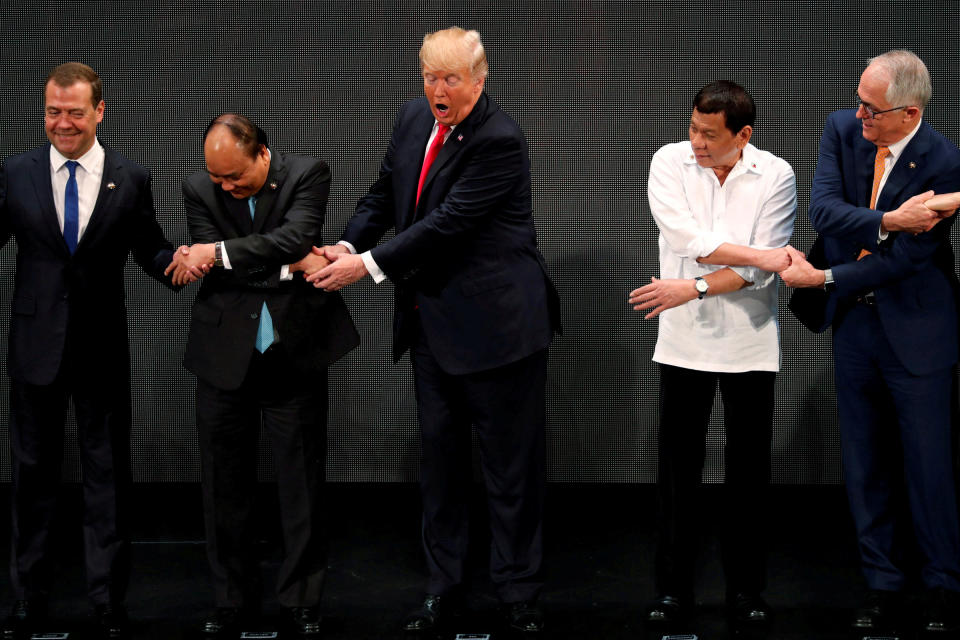

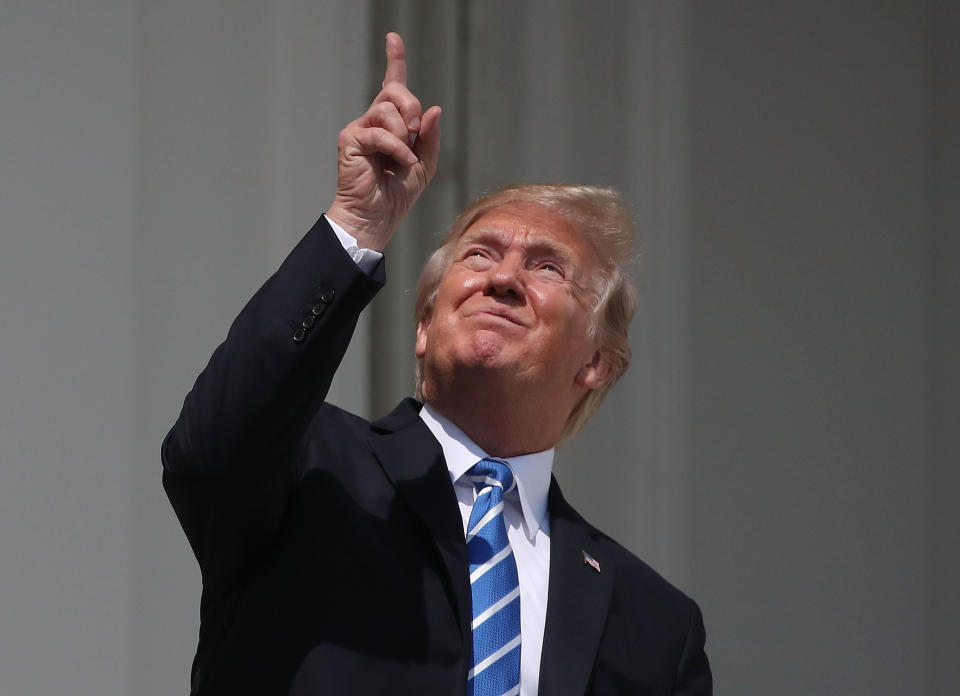
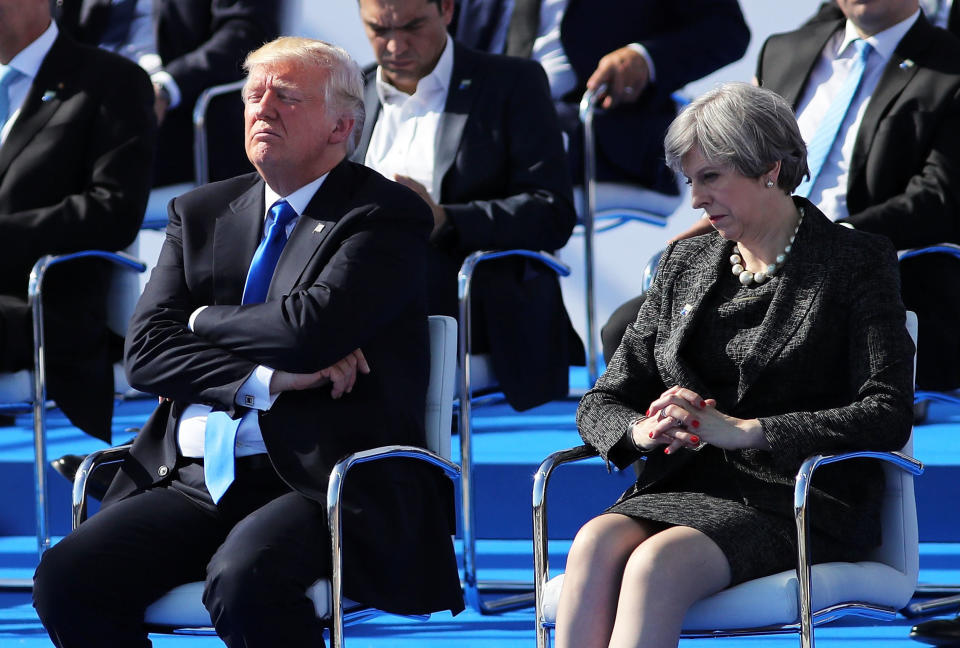

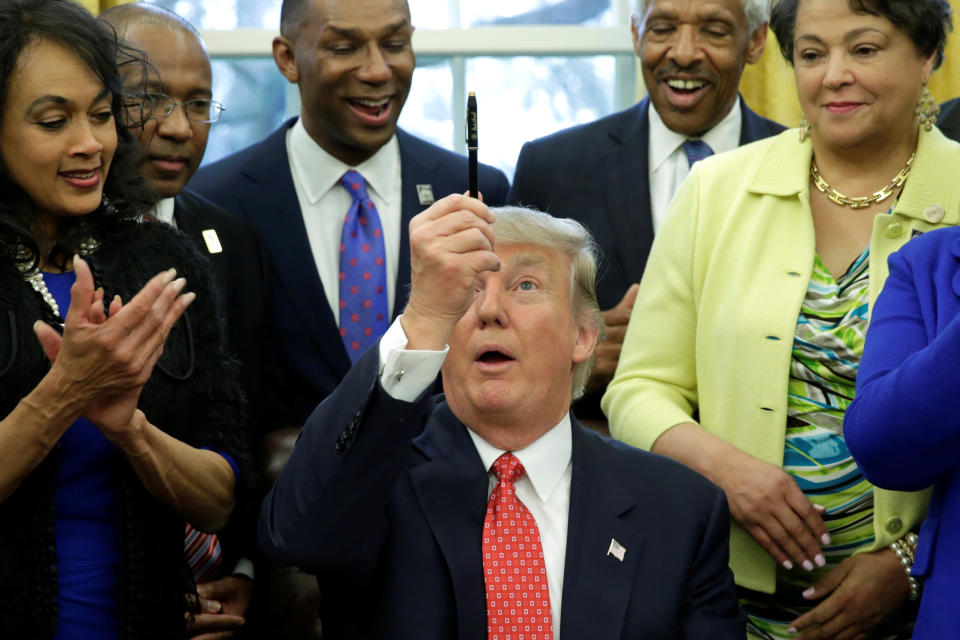
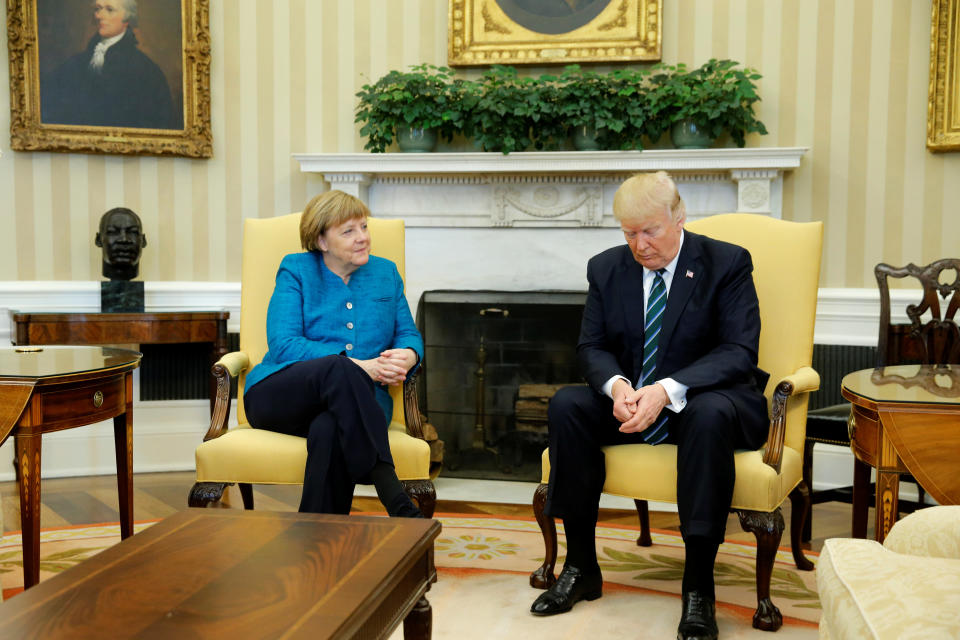

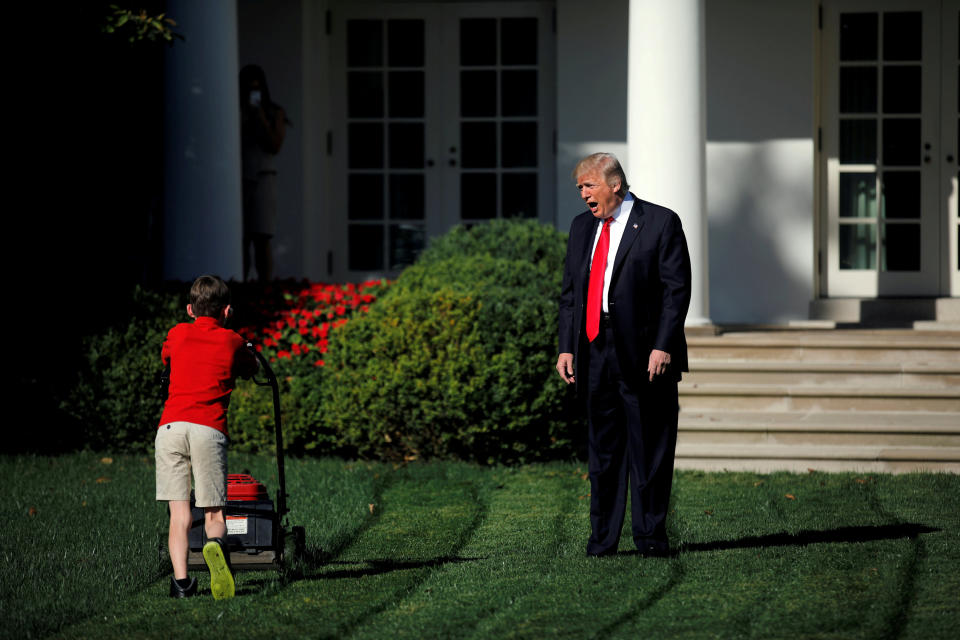
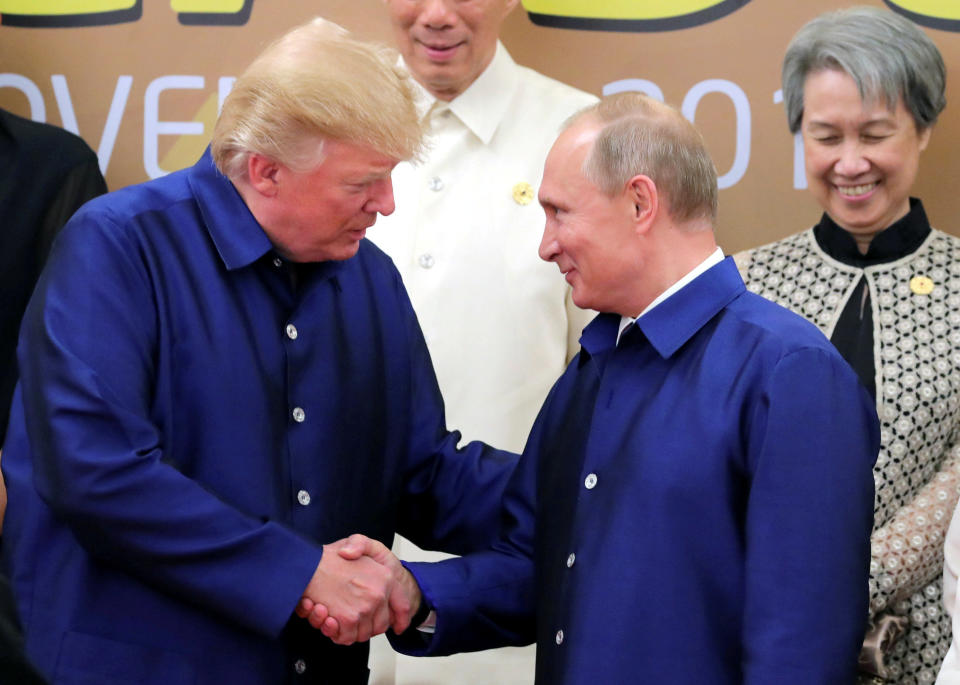

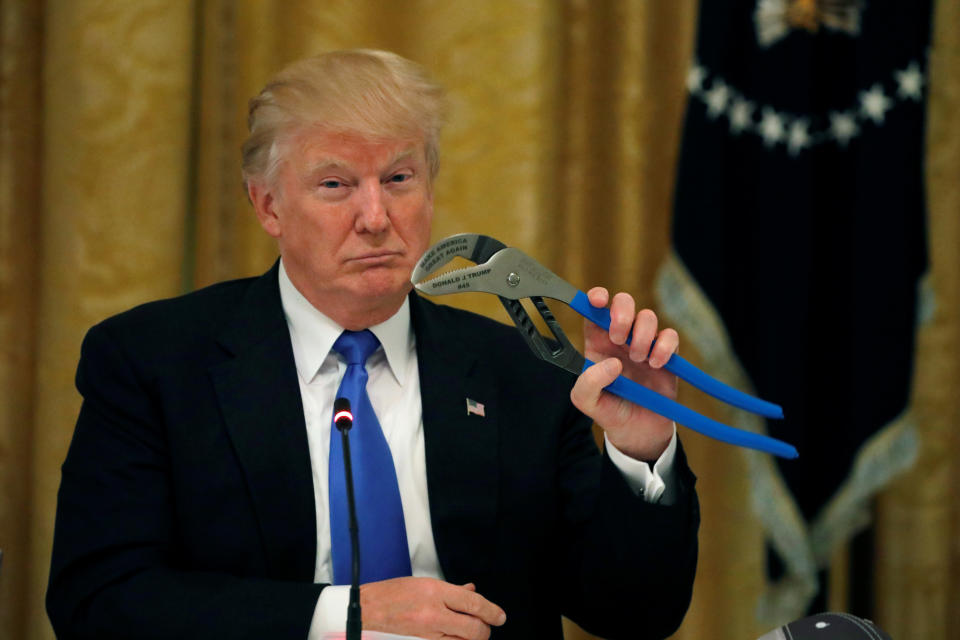
Love HuffPost? Become a founding member of HuffPost Plus today.
This article originally appeared on HuffPost.

